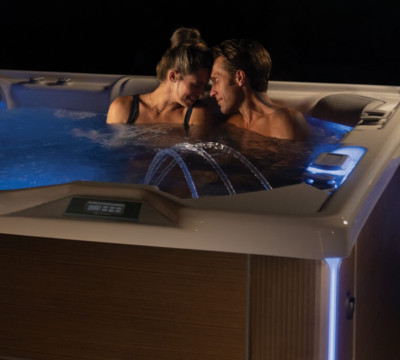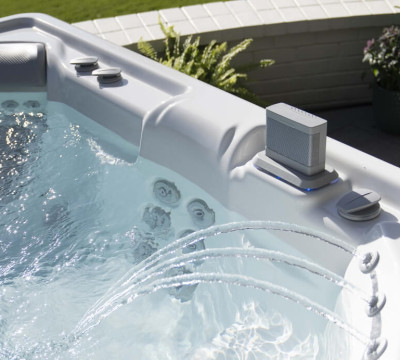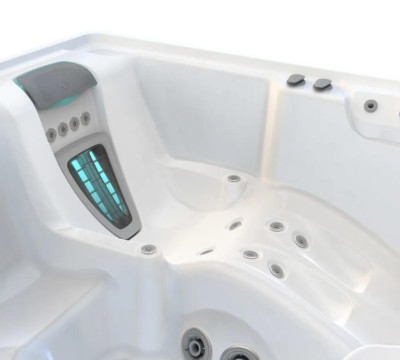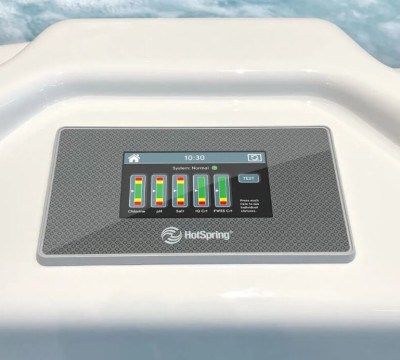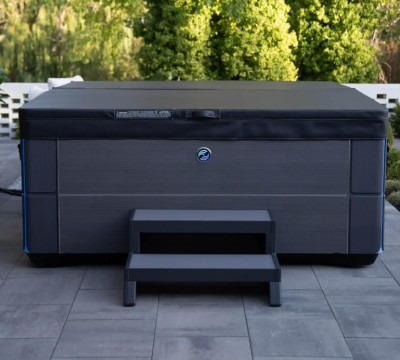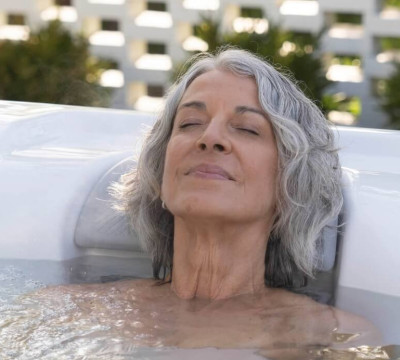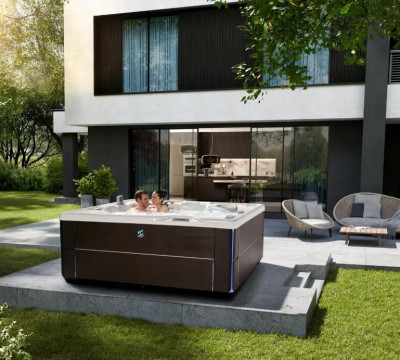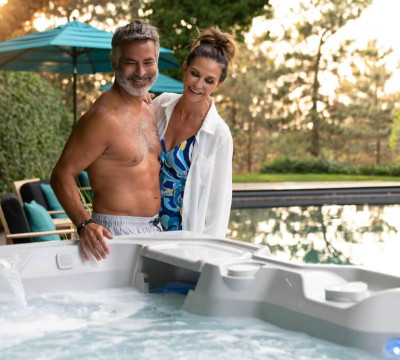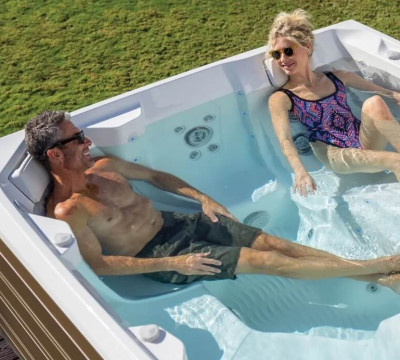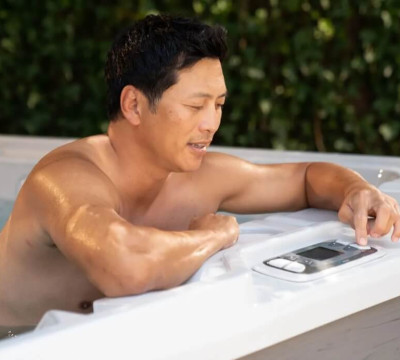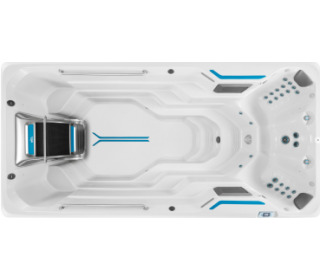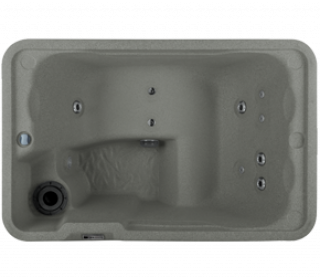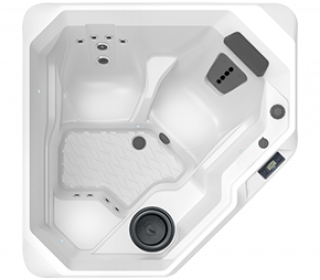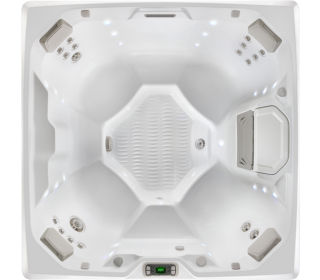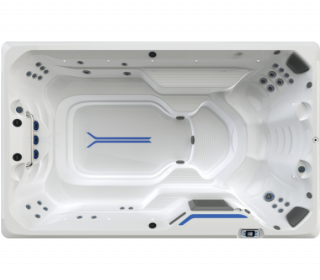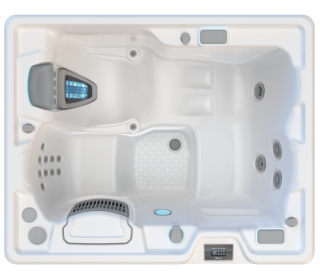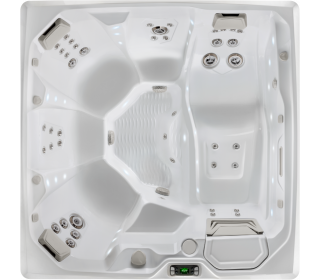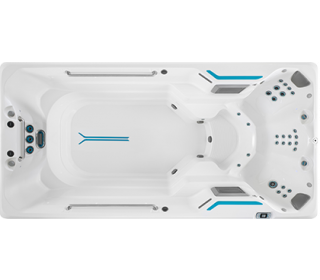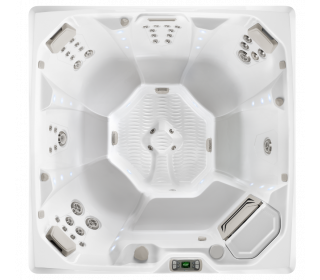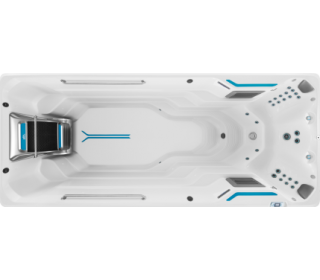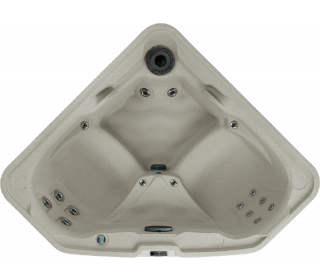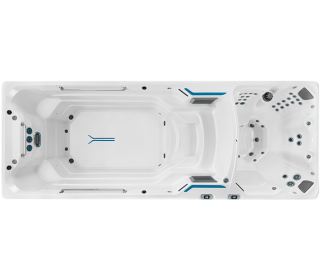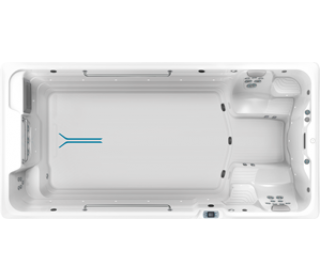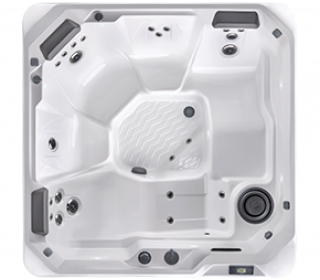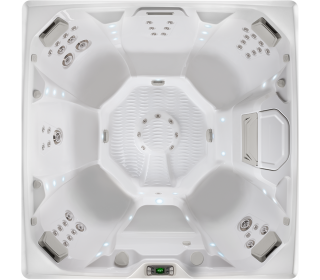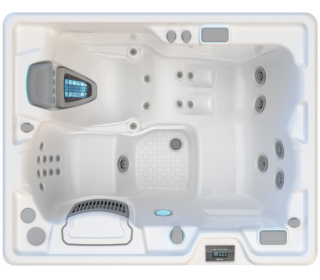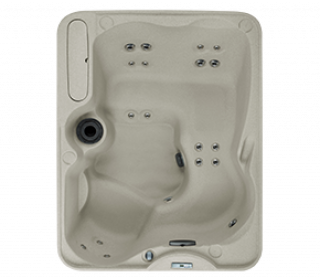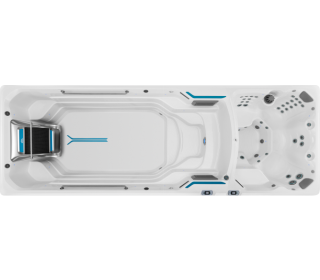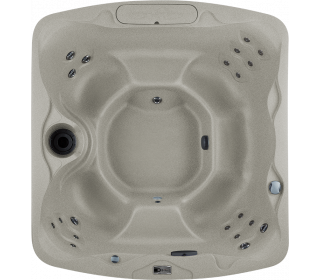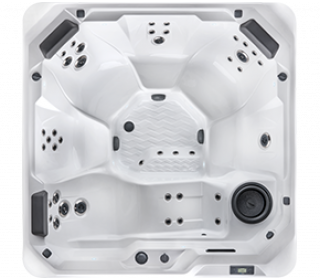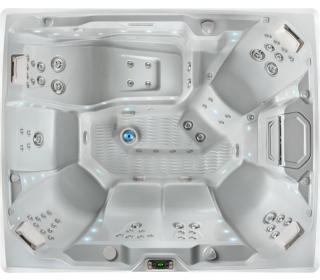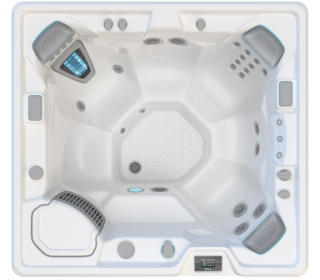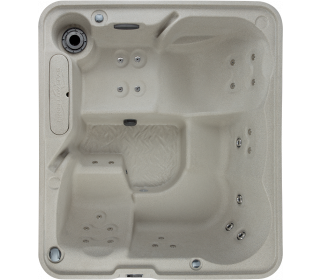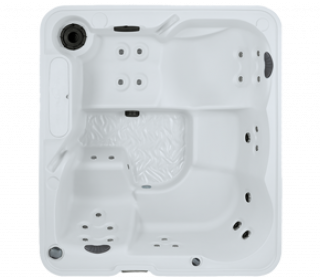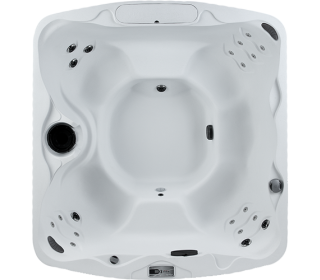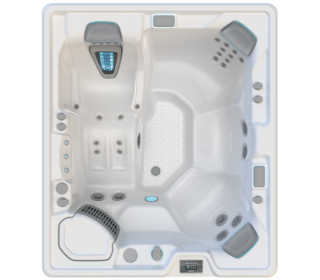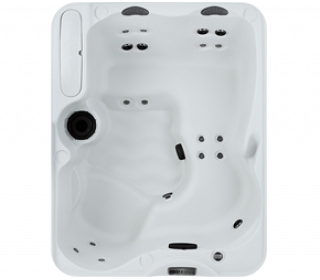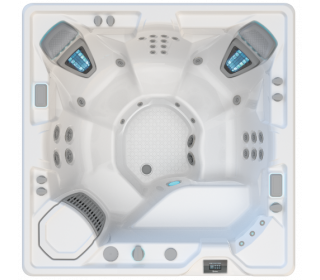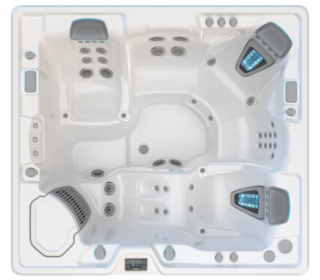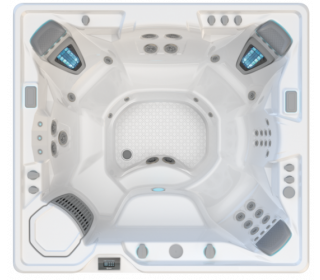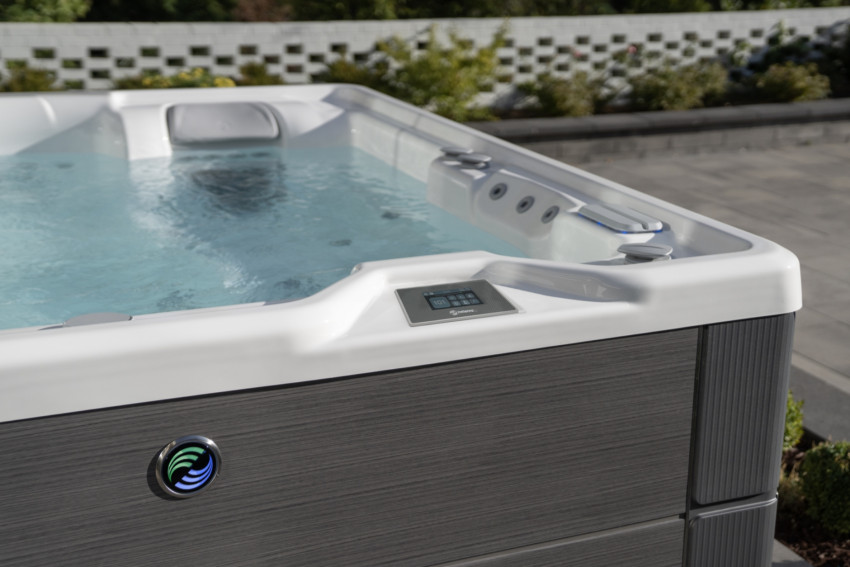Spa pools: the ultimate symbol of luxury. Whether you call it a hot tub, a jacuzzi or a whirlpool - there is no better way to relax and heal your body at the end of a long day. However, the cost of running a spa pool is a universal concern among prospective buyers – often the only thing standing between somebody and their own personal spa tub.
The heater in the spa pool is the main electricity siphon, ranging between 2000 watts (2 kWh) up to 9000 watts (9 kWh) in larger models. Most are around the 3000-4000 range. The pumps vary, but usually run around 1500 watts, making the average around 5000 watts (5kWh).
The main concern with all prospective spa pool owners is, “How much is that going to cost?” This post will provide an overview, including how much your spa pool will cost to run, how you can keep your electric bill low and exactly which spa pool is perfect for your needs.
How to read electricity units on your spa pool
Most people measure electricity by the amount of money it costs them. But energy costs can fluctuate, so your power bill may not give you a truly accurate idea of how much energy your spa pool is using.
Household electricity is measured in kilowatt hours (kWh). This is the amount of electricity a 1000W or 1kW appliance uses in an hour. Microwaves and irons are examples of (approximately) 1kW appliances.
So how much electricity does a hot tub use? More specifically, how many kWh does a hot tub use? As mentioned above, the ‘average’ spa pool (if there is such a thing) pulls around 5000W of electricity between the heater and pumps, so using such a spa pool for an hour would add 5kWh on your electricity bill. Larger spa pools tend to use more, smaller spa pools tend to use less.
How much electricity costs to run a spa pool
The good news is that the bulk of the costs associated with a spa pool is paid upfront. It is best you spend more money upfront if you want to save on electricity. The primary way that manufacturers reduce running costs is by way of spa insulation, and this can get expensive. Spa pools are an investment, and the more money you put in initially, the better quality you can expect. You can also expect your electric bill to be far larger if you try to save some money upfront on your tub.
For a high-quality, well-insulated and energy efficient model from our premium Hot Spring collection, you can expect to spend about a dollar a day to operate your tub. For a lower quality or under-insulated model, costs can run as high as 5 dollars a day. Much of the costs are dependent on two factors: your electric provider and the climate you live in.
In Australia, a report commissioned by Canstar found monthly electricity bills ranged from just under $100 a month in Western Australia to $152 in Tasmania.
Let’s say you’re really excited about your new purchase, and you hop in the spa every day for the first month. This means a poorly-insulated but fully paid off spa pool could end up costing you over $150 a month – almost doubling your electric bill. A disappointing scenario for spa owners is they consequently don’t end up soaking as much or worst case, drain the spa water and leave the spa switched off due to the high energy costs to regulate heat in the winter.
Investing in a high-quality tub will not only save you money on future electricity bills but has the added benefits of guarantees and reliability. Used the exact same amount, a well-insulated spa pool could cost as little as $30 a month!
For comparison, the low quality spa pool would take up between 43-47% of your electric bill depending on where you reside. Meanwhile, a high quality spa pool would only be 6-7% of your monthly electric bill.
We are proud to be the only spa company to have our running costs independently tested and proven. If you would like an assessment, our spa pool energy calculator will give you an indication of costs based on the spa model and climate. 
What factors affect your spa pool electricity usage?
Now we’ve got an idea of the answer to the question “how much electricity does a spa use?”, we should work to understand how that electricity is used, and how your spa pool power usage (and power bills) might be minimised.
Spa pool electricity usage is affected by a few different factors, including:
The size of the spa pool
The larger the spa pool, the more water there is to heat and the more jets there are to power. The size of your spa will therefore be a key factor in how much electricity you use.
Frequency of use
The more you use your spa, particularly the hydromassage jets, the more electricity you will use. This fact shouldn’t impact the time you spend in your spa however, as a regular soak can deliver proven health and wellness benefits. If you choose a high quality spa pool, it will keep its water at an ideal temperature all year round while using minimal power, so it will always be ready for a soak.
Pumps and circulation systems
How much electricity does a hot tub take to power? The quality of the componentry in your spa pool will be a defining factor: innovative pump and circulation systems made from the finest materials will use less power. Our SilentFlo 5000 technology is a prime example – this circulation system keeps water moving around your spa while using less energy than a 40W light bulb!
Heating method
How your spa pool heats the water can have a significant effect on your power usage. Most spas feature standard heating elements, but at Hot Spring we offer a couple of clever technologies designed to bring heating costs down:
- Heat pump technology: The same concept as a reverse cycle air conditioner, heat pumps warm spa pool water far more efficiently than standard heating elements (and can even cool your water down!)
- Hot air induction: This proprietary Hot Spring technology sees the internal heat of the spa pool recycled back into the water via the jets, reducing the amount of work the heater needs to do.
Insulation
How much electricity does a hot tub use per month? Insulation forms the single most important factor in answering that question. The better the insulation, the more heat is retained, and the less work the heater has to do.
Spa pool insulation comes in a number of different forms, which you can learn about here. Choosing higher-end insulation could ultimately save you thousands of dollars over the life of your spa pool.
Location
To a lesser extent, where you live also plays a key role in understanding how much your spa pool will cost to run. In a relatively static climate such as in Sydney, running a premium spa pool every other day could cost you around $40 a month in summer or about $70 a month in winter. A name-brand spa such as Hot Spring could use almost 50% less electricity in the same time, whereas a budget spa might use 20-30% more electricity – costing you more in the long run.

How can I reduce the amount of electricity my spa pool uses?
The amount of electricity you use will also depend on how you use your tub. For example, it’s better for spa pools to have a circulation pump and massage jets pump. Your tub draws far less power running on just the circulation pump than the massage jets so consider this when making your purchase.
While investing in a well-insulated tub will get you a step ahead in reducing costs, there are a couple of other handy tips that can save you money in the long run. With a bit of extra investigation, you can find out exactly how easily you can save money on your spa. Download our Energy Efficiency Checklist to unlock more helpful energy features when considering your spa pool purchase.

Heat pump systems are more efficient than electric element heating units
The primary energy draw in an electric spa pool is the heater. Spa pool heaters are generally capable of raising the temperature about one degree Celsius per hour, no matter what heating unit you use. Conventional, built-in heating units use an electric element to heat the water. This is a hassle-free and convenient way to enjoy your tub. However, if you’re looking to save money, you should look at a heat pump for your tub.
Spa pool heat pumps use airflow instead of the standard element method of heating your tub. While they heat at about the same pace, heat pumps are a more energy-efficient method of raising water temperature. Generally, these are external units, and if you’ve already made the purchase, you’ll have to get a spa technician to install it near your tub.
To learn more about the best spa pool for your needs, please contact us today or visit a local dealer.


